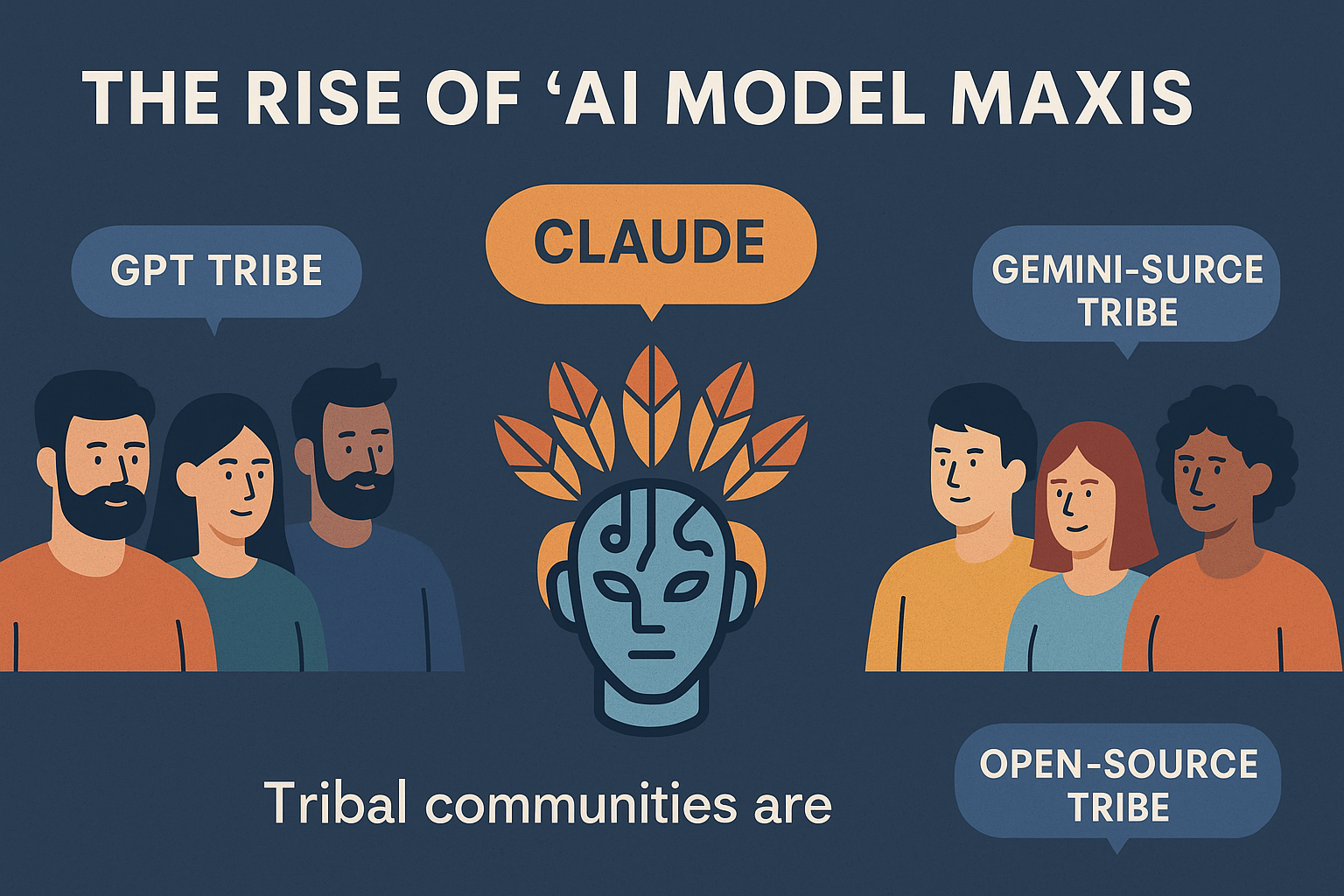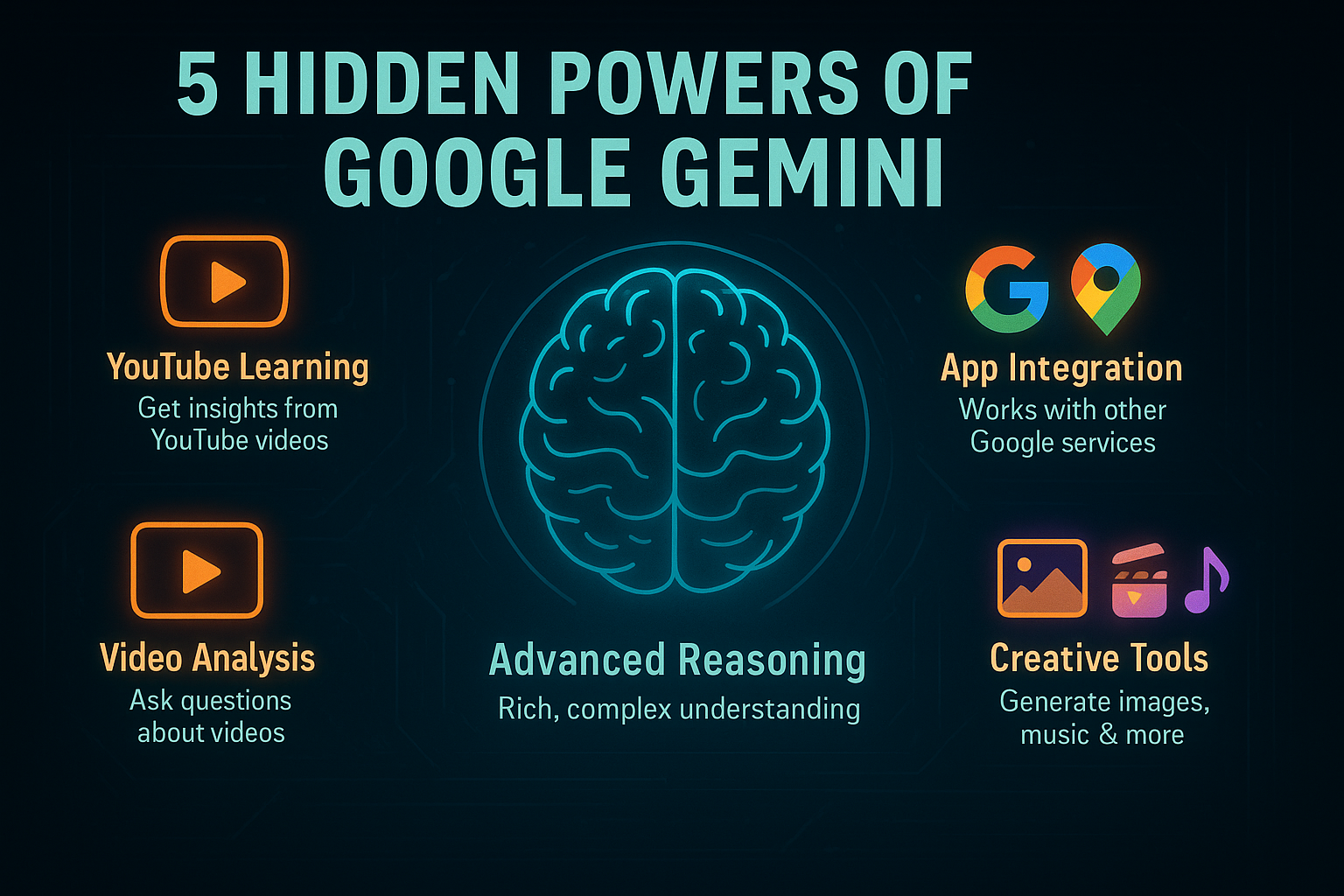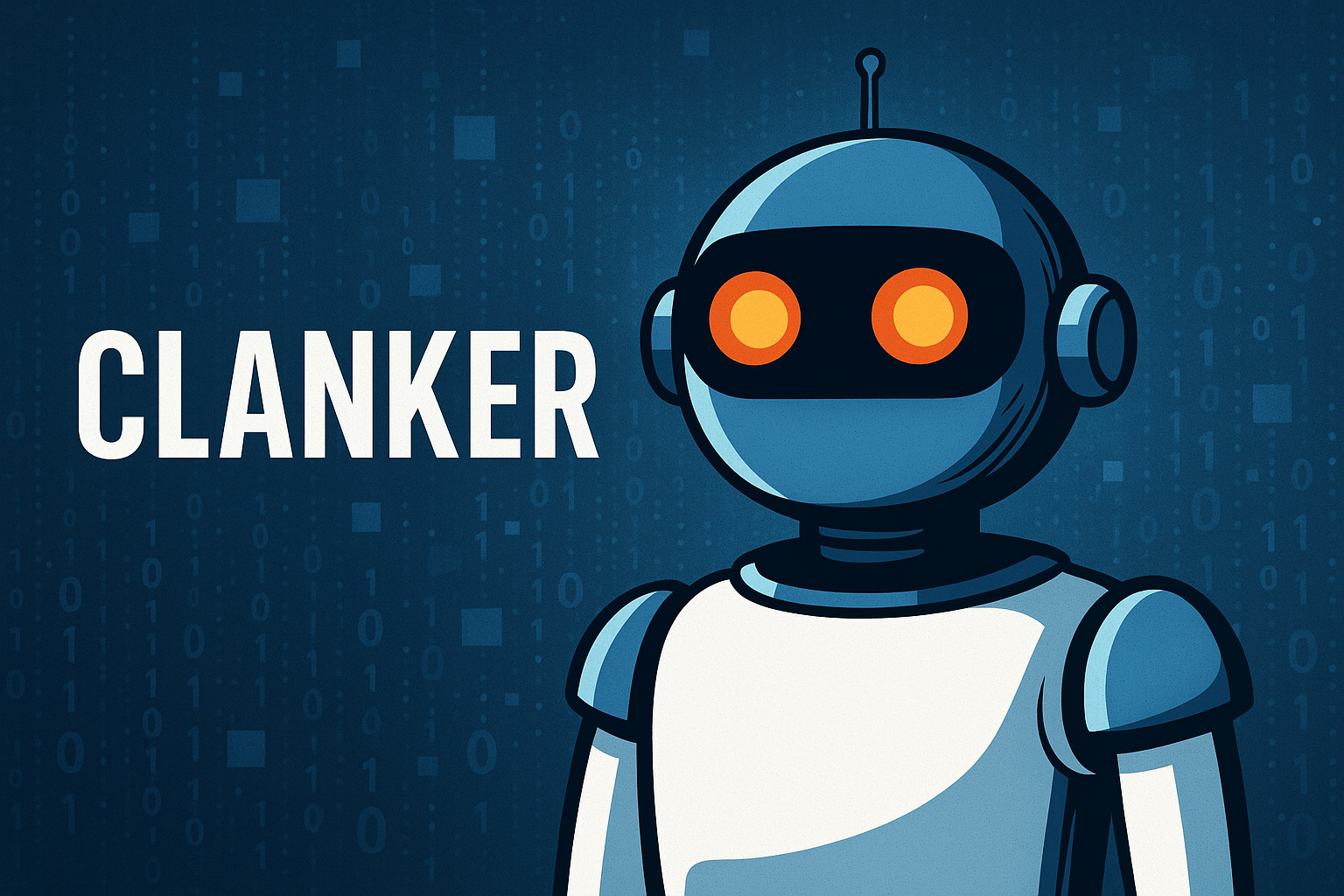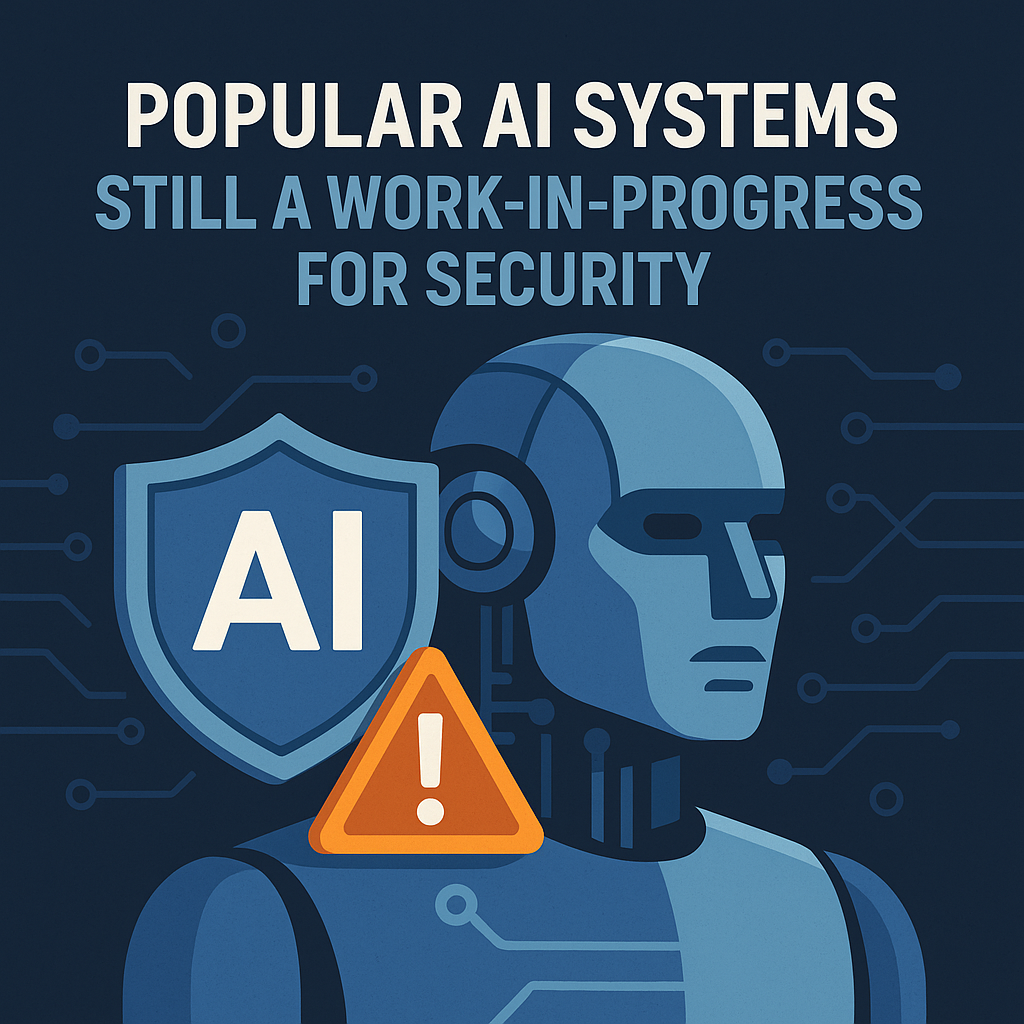The Rise of “AI Model Maxis” — When AI Fans Become Tribal
Published: August 10, 2025 | Category: AI Culture & Trends

A viral post from @NFT5lut lit up tech Twitter last week: “AI model maxis are the new crypto maxis.” The term refers to communities who rally passionately—and sometimes aggressively—around their favorite AI model, whether it’s OpenAI’s GPT, Anthropic’s Claude, Google’s Gemini, or a rising open-source contender.
At first glance, it might sound like harmless fandom. But this emerging tribal loyalty is beginning to influence how AI is discussed, adopted, and even developed. Just like in the crypto boom, these factions can shape public perception, fuel innovation, or create unnecessary rivalries.
From Bitcoin Maxis to GPT Maxis
The term “maxi” comes from cryptocurrency culture, where Bitcoin maximalists (“Bitcoin maxis”) reject the value of any other coin. In AI, the label now applies to those who believe their chosen model is fundamentally superior—and will argue the point endlessly online.
We’re seeing parallel behaviors:
- Brand loyalty over performance metrics — Maxis often defend their model even against clear benchmarks showing others outperform it.
- Echo chambers — Communities form insular spaces where only positive news about their model is shared.
- Public skirmishes — Debates between GPT and Claude fans sometimes resemble sports rivalries more than technical discussions.
This kind of loyalty can be energizing—but it can also limit open-minded exploration of other tools.
Why Do AI Model Maxis Exist?
The rise of AI tribalism has several roots:
1. Emotional Investment
For many early adopters, choosing an AI model is more than a utility decision—it’s a reflection of their values. Open-source advocates may back models like LLaMA or Mistral as part of a larger philosophy. Privacy-focused users might lean toward Anthropic. Enterprise teams may favor OpenAI for its ecosystem and support.
2. Creator Identity
Many developers, artists, and entrepreneurs build their entire workflow or product on one AI model. That deep integration creates a sense of personal stake in the model’s success.
3. Community Belonging
Model-specific Discords, subreddits, and X Spaces foster camaraderie. Once people form social bonds around a model, switching can feel like leaving a friend group.
Positive Impacts of Model Loyalty
It’s not all bad news—loyal AI fan bases can drive real benefits:
- Rapid Feedback Loops — Devoted users often test new features extensively and provide detailed bug reports.
- Grassroots Evangelism — Word-of-mouth marketing from passionate users can grow a model’s adoption faster than paid ads.
- Specialized Expertise — Communities can develop deep knowledge about optimizing their preferred model.
In fact, some AI companies actively cultivate loyal followings—offering swag, exclusive betas, or insider webinars to keep their “maxis” engaged.
Downsides: When Fandom Becomes a Fortress
Still, there’s a darker side. Overzealous loyalty can lead to:
- Polarized Conversations — Instead of collaborative innovation, discussions can turn into entrenched battles.
- Innovation Blind Spots — Maxis may miss out on useful features or capabilities in other models.
- Platform Lock-In — Enterprises risk over-relying on a single provider, making them vulnerable to outages or policy changes.
As with crypto, extreme tribalism can cloud judgment, leading to poor decision-making both for individuals and organizations.
Case Studies in AI Tribalism
OpenAI GPT Loyalists
Fans praise GPT for its breadth of training data, user-friendly API, and integration into countless apps. They often see competitors as either playing catch-up or missing the “magic” of GPT’s conversational feel.
Claude Advocates
Claude’s supporters point to its ethical guardrails, long context window, and superior reasoning in certain tasks. They often frame it as the responsible alternative to GPT.
Gemini Supporters
Google’s Gemini crowd emphasizes multimodal integration and search connectivity. They see it as the most future-proof choice given Google’s infrastructure.
Open-Source Defenders
Backers of models like LLaMA and Mistral argue that open-source AI is the only way to ensure transparency and avoid corporate control.
Enterprise Implications
In the business world, model loyalty can influence procurement decisions and vendor negotiations. A CTO enamored with one model may overlook better pricing or technical fits elsewhere.
However, some companies are flipping the script—building multi-model architectures that route different tasks to different AIs for maximum performance. This approach requires flexibility, but it can avoid the pitfalls of single-model dependency.
How to Engage With AI Model Maxis (Without Losing Your Mind)
If you’re navigating AI spaces online, here are some tips:
- Ask for evidence — Request benchmarks or case studies to back up claims.
- Stay curious — Experiment with other models, even if you have a favorite.
- Separate identity from tool — Remember that models are products, not personal virtues.
The healthiest communities celebrate their favorite tools while staying open to improvement—and competition.
Spotlight: Build Your AI Community Hub
If you’re inspired to create a website or forum for your favorite AI model community, you’ll need hosting that can handle fast growth. I’ve used many services over the years, and my top recommendation for speed, cost, and reliability is Hostinger.
Click here to start with Hostinger today and build your AI community on a rock-solid foundation.
The Road Ahead
As AI continues to evolve, so will its fandoms. “Model maxis” aren’t going anywhere—if anything, they’ll become more entrenched as models differentiate and competition heats up.
The challenge for both users and companies will be to harness the passion of these communities while avoiding the pitfalls of tribalism. Whether you’re a GPT guru, Claude connoisseur, Gemini geek, or open-source evangelist, one truth remains: the future of AI will be built by many hands, not just one.




